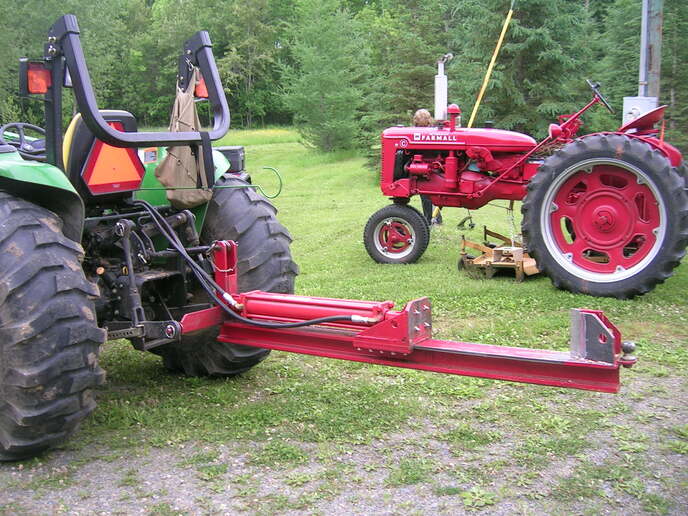Well, I've never been the type considered
to be rough on things, you know the type
that can tear up an anvil, but..... not
immune from it I guess. This 28 ton huskee
has served me well.
I've split lots of elm, and plenty of
larger diameter logs. This one is 24",
heavy and the grain is braided or basket
weaved.
So, while sending the wedge through, it
slows, figured the 2nd stage would kick in,
I was not fast enough to realize soon
enough it was shearing and not splitting.
The base let loose, looks mig welded,
should have been stick welded. However,
this log should have been skipped. I don't
fault the manufacturer, or design, well
just the welds, woulda held up i think.
I'm trying to get the oem base, will
replace the wedge, will be as from factory,
base is cast steel I believe. Will stick
weld with 7018.
Being in the middle of the job. I found a
seldom used huskee 35 ton. Both made by
speeco, much better on this large elm. This
one looks stick welded.
Figured I'd share, fun to see the comments
and response in this major boo boo lol!!!
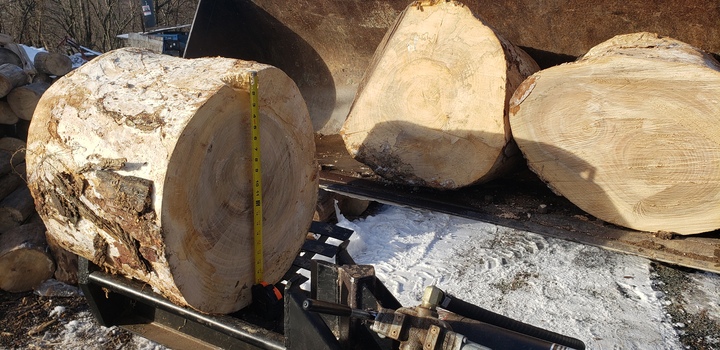
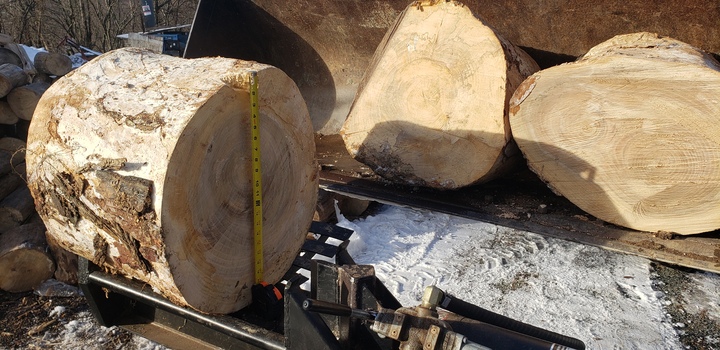
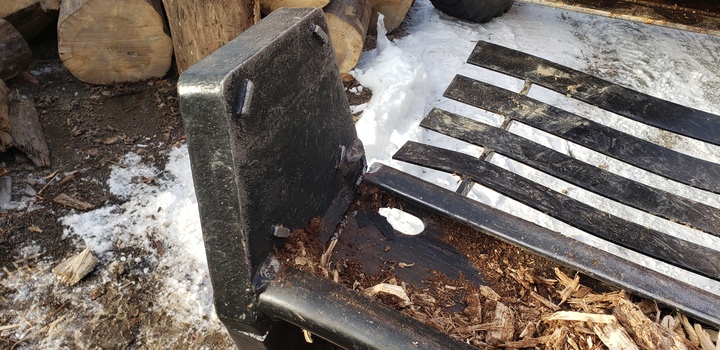
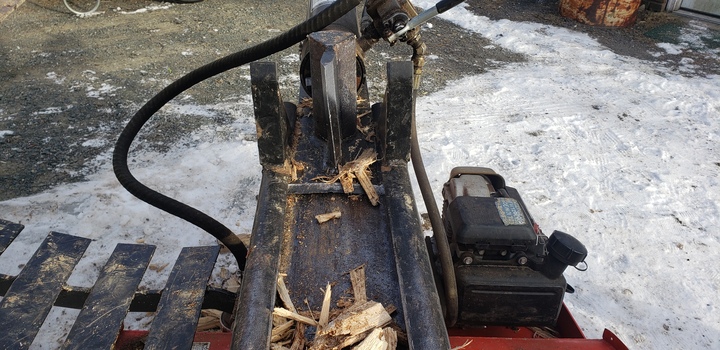
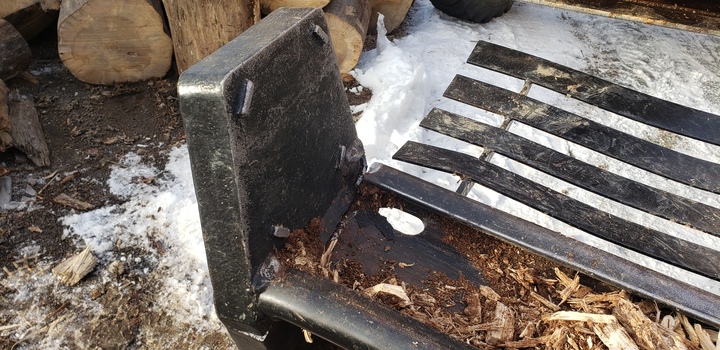
to be rough on things, you know the type
that can tear up an anvil, but..... not
immune from it I guess. This 28 ton huskee
has served me well.
I've split lots of elm, and plenty of
larger diameter logs. This one is 24",
heavy and the grain is braided or basket
weaved.
So, while sending the wedge through, it
slows, figured the 2nd stage would kick in,
I was not fast enough to realize soon
enough it was shearing and not splitting.
The base let loose, looks mig welded,
should have been stick welded. However,
this log should have been skipped. I don't
fault the manufacturer, or design, well
just the welds, woulda held up i think.
I'm trying to get the oem base, will
replace the wedge, will be as from factory,
base is cast steel I believe. Will stick
weld with 7018.
Being in the middle of the job. I found a
seldom used huskee 35 ton. Both made by
speeco, much better on this large elm. This
one looks stick welded.
Figured I'd share, fun to see the comments
and response in this major boo boo lol!!!







